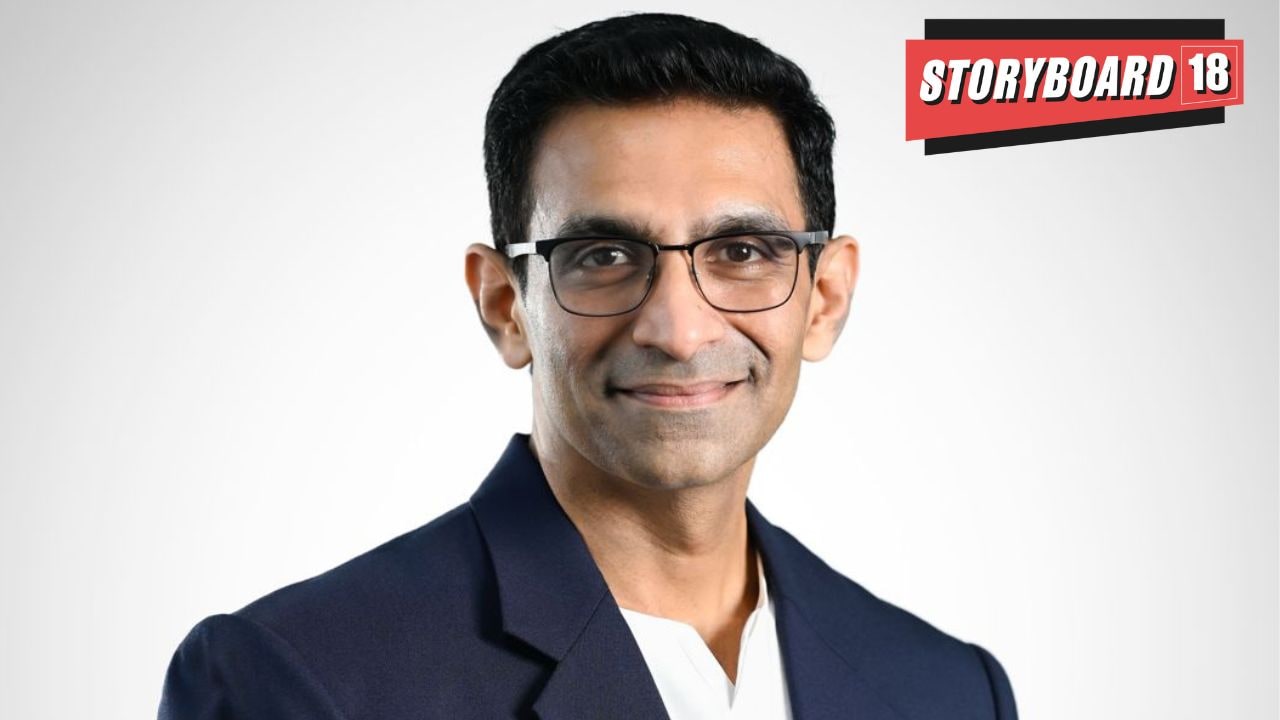At the India Digital Summit (IDS), organized in collaboration with the Ministry of Electronics and Information Technology (MeitY), Government of India, and the Ministry of Information and Broadcasting, with support from Digital India and Skill India, Kiran Mani, CEO, Digital, JioStar discusses steering the next chapter of entertainment in India.
Mani, who moved back to India after stints with global tech companies, came back with a hunch, believing that India had probably hit its tipping point in terms of technological significance, consumption patterns, and even economic growth.
“That was the assumption I made, but what I have witnessed in the last 12 months has exceeded my expectations by a margin I couldn’t have imagined. It’s been an exciting ride! I believe the underlying reasons for much of our success are tied to India’s incredible pace of growth.”
Mani grew up in an India that was always described as a “promise waiting to happen.”
“That promise has materialized now, and we’re living it. For those of you connected to the media and entertainment industry, the numbers are staggering. India today is truly a billion-screen connected audience—across small and large screens. The content explosion in India spans sports, entertainment, short-form creators, gaming—every segment of content is thriving. Venture capitalists are present in nearly every part of this ecosystem, which is a testament to the growth we’re experiencing.”
For Mani, the most exciting part is the role technology plays in not just bringing content together but also enabling users to interact with it in unprecedented ways. Many of our successes stem from these trends, he states.
Digital has finally become the largest segment of the Indian media sector. It overtook TV in 2024 to claim the number one spot. There are 325 million households in India, yet the number of households paying for digital content is still below 15 million.
Mani addresses the above and explains if digital will ever become a mass product, or if SVOD (Subscription Video on Demand) will remain limited, far behind TV penetration.
“Digital viewership has undoubtedly exploded. For those of us who’ve been around in the old TV or network industry, it’s traditionally been a 100-150 million household penetration market. TV still holds relevance, and we’re proud of our portfolio of channels that cater to this audience. However, the key aspect of digital is its addictive nature. Last year, the IPL alone saw 600 million viewers on the platform.”
What excites Mani most is the emergence of viewers from Tier 2 and Tier 3 towns. These are audiences accessing content for the first time via affordable devices priced at less than Rs 5,000. “We live-stream cricket on JioCinema, and 6 million viewers, who were previously content-dark, joined the platform.”
OTT platforms are unlocking a new content segment—both in terms of depth and reach.
“Regarding subscriptions, the industry must establish a sustainable economic model. Advertising alone cannot support premium content or great storytelling. Subscriptions haven’t even scratched the surface in India,” he states.
“Of the 700 million OTT viewership base, subscriptions account for 60-70 million. The challenge lies in creating relevance and addressing issues like payment gateways, which in India are built for transactions, not mandates.”
“To summarize, we need to unlock better economic models while ensuring sustainability for everyone in the ecosystem,” he asserts.
The digital ad market in India is now valued at $9 billion.
Mani says, “Advertising is about reaching consumers and delivering value to advertisers. Our role is to ensure advertisers see impactful returns. India’s advertising market will grow because the middle-class consumer base is expanding. However, the current market still operates with archaic practices, like one-size-fits-all models.”
“At our platforms, we’re focused on combining the heart of storytelling with the science of data-driven advertising. Performance marketing has its place, but overstated claims undermine its credibility. Informed, targeted, and outcome-driven marketing is where the real opportunity lies.”
